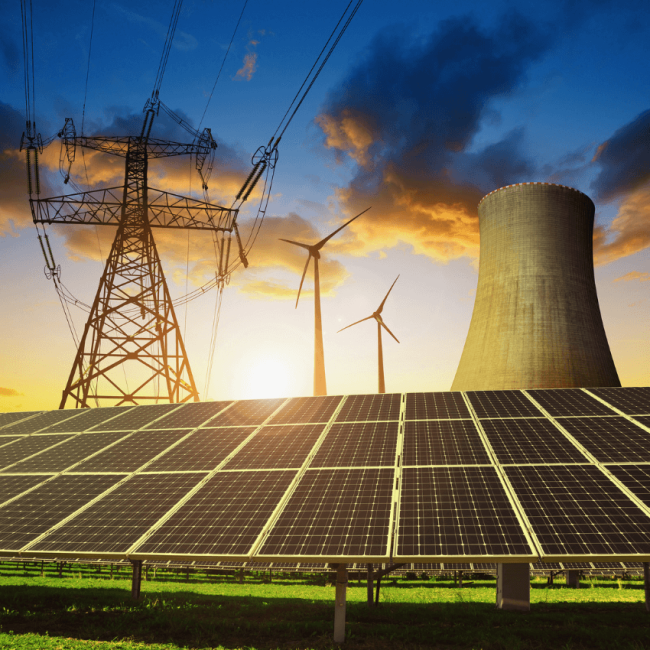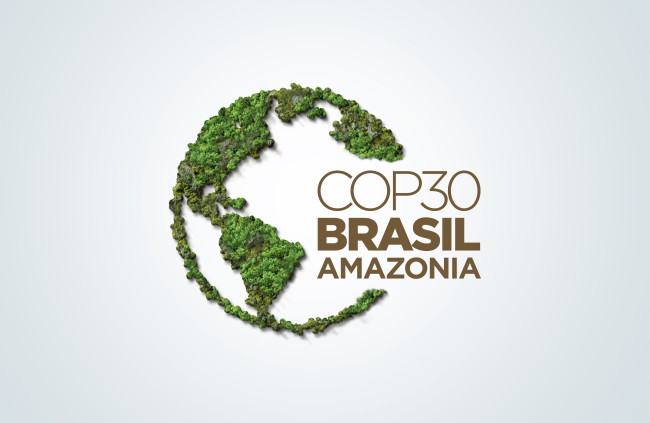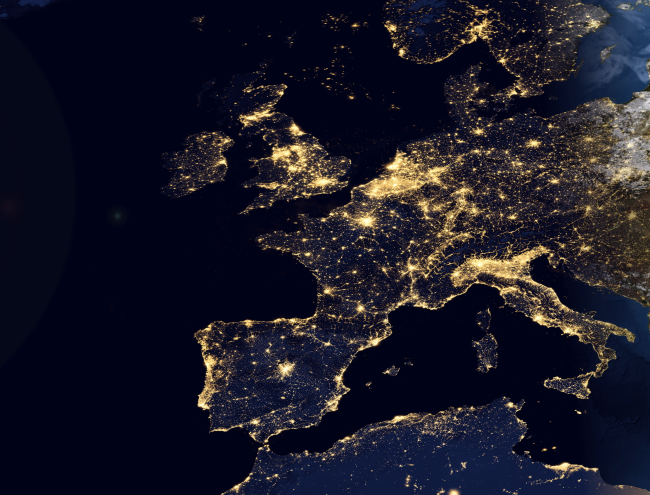The Ghosts of Djakarta

That"s the term oil market analysts use to describe the disaster OPEC inflicted on itself by misreading the market in late 1997. OPEC increased its production quotas in the face of collapsing demand in Asia - a full year after the Thai Baht stated the cascade and Asia suffered a major economic pause. Today, OPEC looks like it is running downhill, arms windmilling in pursuit of oil demand that appears for the moment - to have tanked. I take the occasion of moving from the International Energy Agency (IEA) to the Institut Français des Relations Internationales (FRI) to offer a short retrospective of the past few years in the hope it might be useful in avoiding some of the same mistakes in the next few years.
Why is it so hard for those who have the greatest interest in the fate of oil markets to get it so consistently wrong - not just OPEC, but every one else in the energy forecasting business. How did forecasters miss the Chinese demand shock of 2004, why did OPEC misread the 1997 market and who among us would have anticipated 3 months ago at $147.27 per WTI barrel, that oil prices would be test $60 today?
Mainly it is because we forget oil is a primary commodity - albeit a highly politicized one - and it will inevitably behave like one. There may be lags and stickiness on markets, but eventually the market will prevail. Managers of diamond markets and drug markets know that restricted supply will lead to higher prices, but controls need to be leak-proof. Efforts in the past to control coffee, silver, uranium, and copper all went bust because the market found ways around the restrictions or they were dismantled because cartels are illegal in many places.
Back in late 1998, the last time oil prices fell to $10 per barrel after the Djakarta decision, OPEC producers were forced into action. Saudi Arabia, Venezuela and Mexico agreed how to carve up the US Gulf Coast market for crude. Saudi Arabia made it clear that it intended to land 1.0 to 1.3 million barrels per day (mb/d) in the US one way or the other. They wanted to ensure Saudi presence in the US market as a reminder to US politicians that they should care about the fate of the Saudi monarchy living out in a very dangerous neighborhood - this after 20 years of consecutive hostilities beginning with the Iranian revolution and continuing through Iraqi opportunism in Iran and its invasion of Kuwait in August 1990. The final dimension of the Saudi-brokered deal in 1998 was to increase the Iranian OPEC quota by 300 kb/d and “voila” OPEC rediscovered solidarity just as Venezuela was going to bolt from OPEC. Newly-elected Hugo Chavez had decided to support OPEC in an effort to distinguish his foreign policy from that of his predecessors.
That was the beginning of the supply squeeze and a near-decade long effort to manage supply at a level that would raise prices. The seeds of today"s price volatility were planted then. OPEC eventually established a “price band” at the suggestion of the Venezuelan"s in a range of $22 - $28/bbl - a clear improvement for producers on $10/bbl. Over time OPEC was to abandon that band as prices moved higher. In 2004, the world learned it needed to know more about China than a net oil export figure - as China was still a net exporter until about that time. The Chinese economic reforms of 1988 had kicked in but no one knew what was going on inside China because there were only 5 energy statisticians at a national level in Beijing for the whole country and China"s national oil companies were not talking.
That demand shock of 2004 and the resultant price rise should have been enough to get the market"s attention, but in the middle of the first decade of the 21st century, Americans were spending their home equity, globally higher per capita income was insulating many consumers from energy prices and in developing countries, politically fragile governments protected consumers from world oil prices with subsidies that would soon become an unbearable financial burden for central budgets. Higher energy prices were fueling rising costs throughout the world economy, other commodities were following suit in response to inexorable demand growth and the world"s poor were caught in the cross fire of rising fuel and food prices. Biofuel competition for food crops only added to the pressure.
In July of this year when a contract for WTI crude sold for $147.27 per barrel, consumers appear to have turned a page. They turned the page that must eventually come in any commodity markets where prices stay too high for too long.
In the oil market, that page was turned in the midst of a force 5 financial hurricane triggered by cowboy and complacent bankers. That has greatly reinforced the downward pressure in oil markets by depressing global economic activity. Where oil prices go from here will be largely determined by the ultimate depth and length of the economic slowdown but in medium term demand will recover.
This short summary of how we got to where we are doesn"t have the space to look forward in detail, but cannot finish without a word of caution. Oil prices collapsing any further that they already have is ultimately not in our collective interest. Today"s price message to the market is to defer investment upstream - now is not the time to expand productive capacity in oil. But an early draft of an International Energy Agency study and its mid summer “Mid Term Oil Market Report” identify the clear risk that we already face yet another supply squeeze and radical price movements as soon as 2012 or 2013 if substantial incremental investments over current plans are not undertaken now. Clearly, making decisions to invest in capacity now is going to be particularly tough as upstream oil and gas investors are already living the perfect storm - unprecedentedly tight credit markets, tanking oil prices, oil producers cutting production, higher costs and ever fewer places that foreign oil companies are welcome to invest.
The corrective actions of the market have taken longer to appear this time than they did after 1973 and 1979 and are now accentuated by something else going on consecutively - the financial storm. And the last shock was a demand shock. As the pendulum swings away from $147.27 oil we need to be looking farther out than tomorrow"s headlines and draw some lessons from the past.

Available in:
Regions and themes
ISBN / ISSN
Share
Related centers and programs
Discover our other research centers and programsFind out more
Discover all our analysesBrazil One Year Away from the October 2026 General Elections
Brazil’s general elections will be held on October 4, 2026, to elect the president, vice-president, members of the National Congress, governors, deputy governors and state legislative assemblies. For the presidential and gubernatorial elections, a second round will be held on October 25 if no candidate obtains a majority of the votes in the first round.
COP30: An Inflection Point for Climate Action and Governance
The 30th Conference of the Parties (COP30), opening in Belém, Brazil, on November 10th 2025, convenes at a perilous moment.
The Strategic Dimension of Skills in the Clean Industrial Deal
In the competitiveness and energy transition battles, the European Union (EU) must master a determinant factor: skills.
The Energy Transition Faces Geopolitical Challenges. How Can Ideological Divides Be Overcome?
President Trump’s positions and policies, combined with record coal consumption and booming global electricity demand, geo-economic confrontation, and widespread concerns about energy security, are changing the game when it comes to understanding realistic decarbonization trajectories. The war in Europe is intensifying competition between defense and transition budgets. This is also the case elsewhere in the world.











